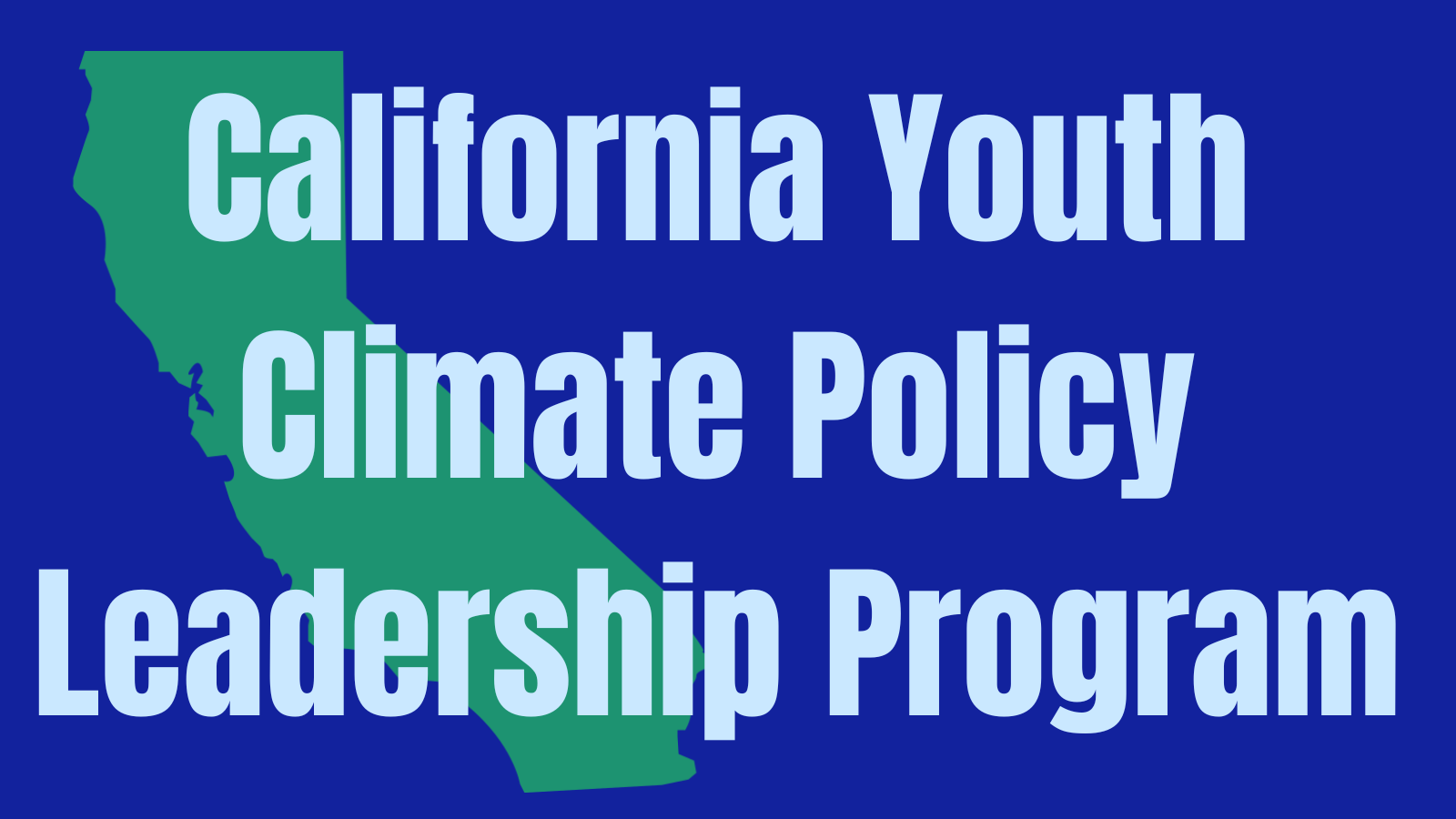Empowering Youth Leaders: California Youth Climate Policy Leadership Program
This July, we launched an exciting new youth leadership program in partnership with Ten Strands and the Sierra Club San Francisco Bay. The California Youth Climate Policy (CYCP) leadership program is set to graduate its first cohort of 40+ high school leaders from across the state on December 7th.
The program is designed to empower high school students to enact real change in their school or district by organizing a coalition of peers and allies, creating an advocacy campaign, drafting a school board resolution or administrative regulation committing to climate literacy or climate action, and advocating to the school board to pass the measure. This program supports high school students to take climate solutions and action into their own hands, fostering the next generation of climate leaders.
How it works
CYCP is a knowledge-to-action program that guides participants through a comprehensive learning experience which includes a virtual summer retreat, monthly workshops, monthly mentoring and coaching sessions, and real-world application. At the start of the program in July, students explored the urgency of climate action, delved into the principles and frameworks that guide environmental advocacy, and identified opportunities for action within their own school communities.
Photo of Ella Suring, Laura Babitt, Martha Cain, and Sarah Ranney at James Kenney Park after passing their school board resolution in Northwest Berkeley on November 11, 2021. Sarah’s participation in this campaign is part of what inspired the CYCP program.
Credit: Kelly Sullivan
In the monthly workshops from August to November, students engage in skill-building to complement and enhance their climate literacy or climate action advocacy campaigns. Workshops also provide opportunities for networking and community building, fostering a supportive network of like-minded young people taking action across their school districts throughout California. Through this learning continuum, students gain a deep understanding of climate change, climate organizing and action, local and global climate policy, and civic engagement.
Emphasis on Action
Students lead advocacy campaigns within their schools–organizing coalitions to address specific climate needs, drafting new policies, and presenting to their school boards–engaging in policy work that makes a lasting impact on their communities.
Mentorship & Support
Volunteers from the Sierra Club offer personalized mentorship to guide young leaders, providing invaluable insights, supporting their leadership development, and helping students succeed in the program despite their busy teenage lives.
Life & Leadership Skills
With an emphasis on accountability and reflection, CYCP encourages students to take ownership of their advocacy campaigns and personal leadership development, fostering self-efficacy and deeper learning.
By equipping young leaders with the knowledge, skills, and support they need, the CYCP Leadership Program empowers students to take charge at their schools. As they embark on their advocacy journeys, these young people are becoming catalysts for change, paving the way for a more sustainable and resilient future.
Photo of youth changemakers from San Mateo County Youth Commission’s Environmental Justice Committee presenting to the San Mateo Union High School District Sustainability Committee.
Check out (and share!) our program’s public resources to launch a climate literacy or environmental action campaign in your district.
And please join us on December 7th at 7pm PT to celebrate our first graduating cohort. Students will be reflecting on their advocacy campaigns, providing them with an opportunity to test their knowledge, assess their skill development, and share their growth as climate leaders. Please email climatecorpsfellow@tenstrands.org to request the Zoom link.




